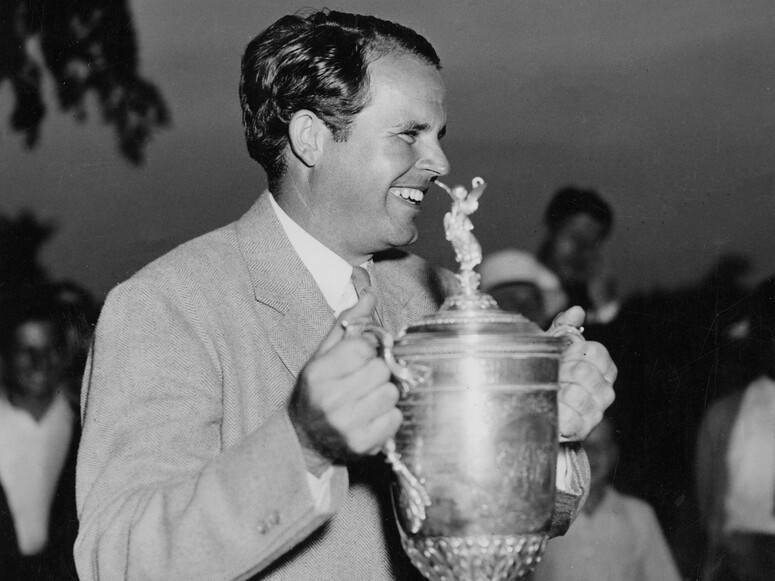Ralph Guldahl, PGA
Ascended to the top of the game quicker than anyone else
The 1930s introduced the golfing world to three of the most recognizable legends of the game: Ben Hogan, Sam Snead and Byron Nelson. However, one of the decade’s most incredible stories allowed Ralph Guldahl to ascend the quickest and shine among the brightest.
Born in Dallas, Texas, Guldahl graduated high school in 1930 and joined the professional circuit in 1931. With a few wins under his belt, he qualified for the 1933 U.S. Open. He played well but missed a four-foot putt to force a playoff against Johnny Goodman, the last amateur to win the championship.
With mounting frustration after the near miss, Guldahl temporarily quit and wouldn’t return to competition until the 1936 U.S. Open, where he finished eighth and reignited his career. His breakthrough victory came later that year at the prestigious Western Open in September.
The following year was Guldahl’s most successful: he finished runner-up in his first Masters appearance, won the 1937 U.S. Open with a then-record score of 281, was a member of the 1937 U.S Ryder Cup team (which marked the first time the U.S. won on British soil) and successfully defended his Western Open title.
In 1938, Guldahl finished runner-up at the Masters again, but won his second straight U.S. Open and third straight Western Open – becoming the only golfer to win both events in consecutive years.
He finally won his green jacket in 1939, besting Sam Snead by one stroke with a score of 279.
Guldahl played occasionally throughout the 1940s but eventually quit tournament golf for good. He became the head professional at Braemar Country Club in 1961 and gave lessons until his death in 1987.
According to Bobby Jones, Guldahl established the reality that “four good rounds, not just three” were necessary to win a major championship.
Guldahl may not be the household name like Hogan, Snead or Nelson, but his 16 PGA Tour victories – including three major championships – saw him ascend to the top of the game quicker than anyone else. He was inducted into the World Golf Hall of Fame in 1981.
